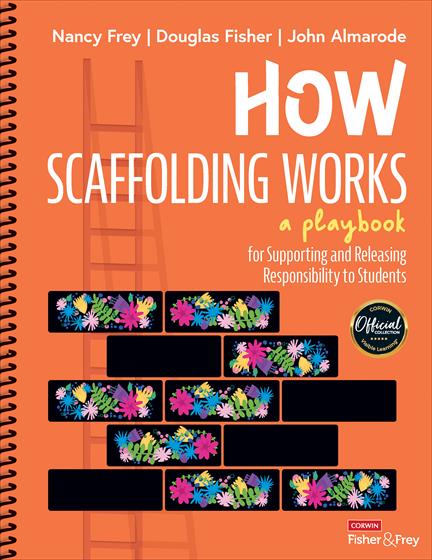Hands-on, Practical Guidance for Educators
From math,
literacy, equity, multilingual learners, and SEL, to assessment, school counseling,
and education leadership, our books are research-based and authored by experts
on topics most relevant to what educators are facing today.

Bestseller!
How Scaffolding Works
A Playbook for Supporting and Releasing Responsibility to Students
Scaffolding—keep it in place too long and learners coast but never fly. Don’t provide enough and they bottom out with frustration. In How Scaffolding Works, you will learn how to get it just right.
Product Details
- Grade Level: PreK-12
- ISBN: 9781071904152
- Published By: Corwin
- Year: 2023
- Page Count: 184
- Publication date: February 14, 2023
Review Copies
Review copies may be requested by individuals planning to purchase 10 or more copies for a team or considering a book for adoption in a higher ed course. Request review copy




